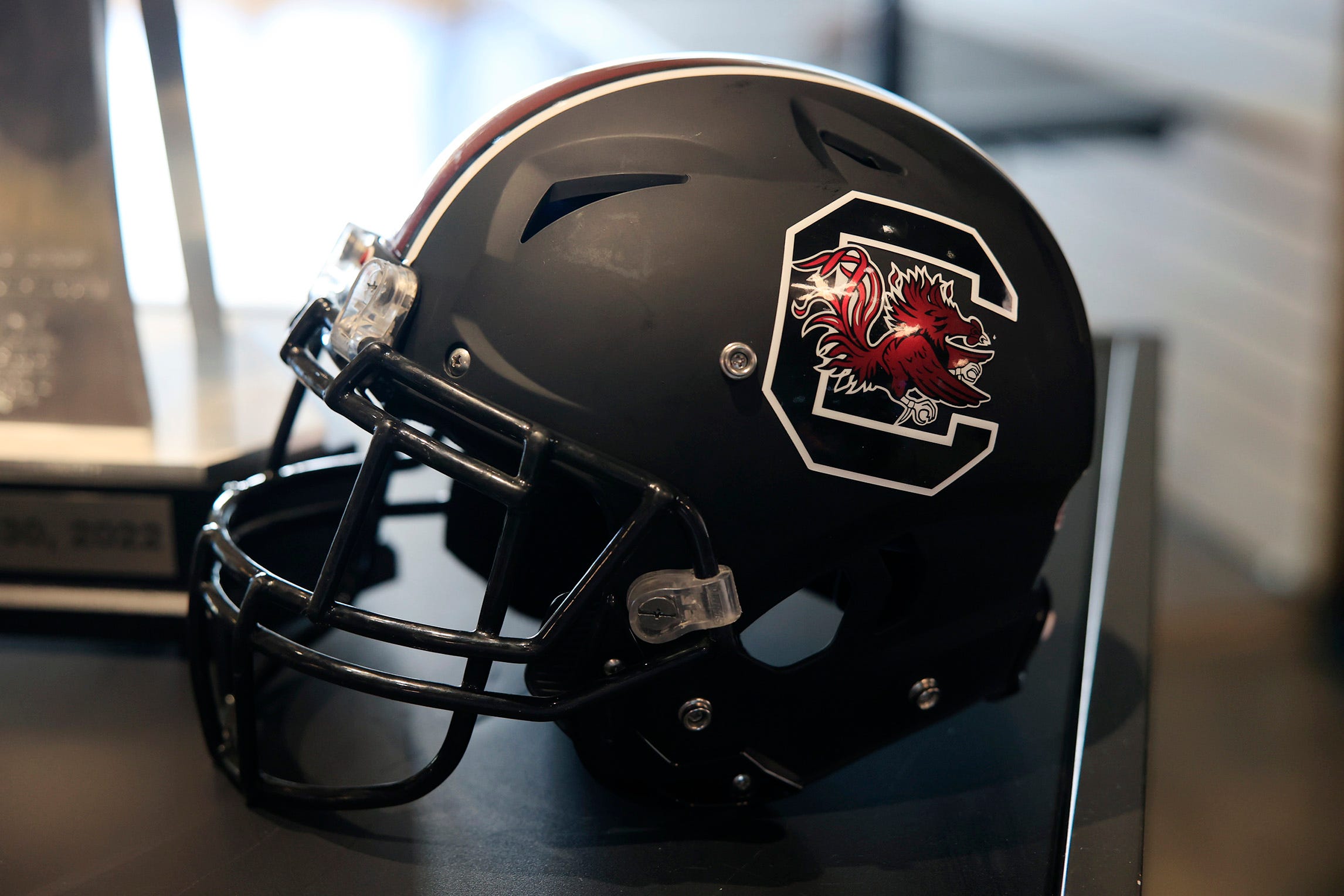Montana
NBC MT Today: Missing person in Glacier, homicide suspect pleads not guilty

NBC Montana Today: Boulder bodies identified, Shooting suspect held without bond, US to help pay for Marshall MT, Football action underway. NBC MT Today is live from 5-7 am weekday mornings. Photo: Megan Strickland Sacry

Montana
Pablo man dies in Christmas Day shooting in Polson

POLSON — A 31-year-old Pablo man was shot and killed early Christmas morning after what police are calling a disturbance in Polson.
The Polson Police Department reports that Lake County 911 took several calls for a shooting in the area of 11th Avenue West.
Polson Police, Lake County Sheriff’s deputies, and Flathead Tribal Police officers responded and found 31-year-old Sheldon Fisher had been shot and killed during a disturbance involving several people.
According to Polson Police, arrests were made on Wednesday, including the arrest of the suspected shooter, who has not yet been identified.
Polson Police are investigating the incident, along with the Lake County Coroner and Sheriff’s Office.
Montana
Montana senators receive committee assignments for 119th Congress

Micah Drew
(Daily Montanan) Montana’s soon-to-be senior U.S. Sen. Steve Daines will keep a key leadership position in the Senate Energy and Natural Resources Committee in the upcoming Congress, as well as take a new position on the Foreign Relations Committee.
Incoming Senate Majority Leader John Thune of South Dakota on Friday announced the Senate Republican Conference committee assignments for the upcoming 119th Congress beginning next year. Daines also will serve on the Finance and Indian Affairs committees.
“It’s an honor to serve Montanans in the U.S. Senate, and I’m looking forward to working with my colleagues on these crucial committees to fight for our Montana way of life,” Daines said in a prepared statement. “President (Donald) Trump received a mandate from the American people, and with these committee assignments I’ll be working to enact the president’s agenda to unleash American energy, cut taxes, open overseas markets for Montana farmers and ranchers, improve America’s relationships abroad, bring down costs for hardworking families, secure the southern border and stem the flow of deadly drugs.”
Daines has also been the ranking member on the Subcommittee on National Parks, which he will chair in the upcoming Republican-controlled Senate.
Sen.-elect Tim Sheehy, a Navy Seal, will serve on the committees on Armed Services, on Commerce, Science and Transportation, and on Veterans’ Affairs.
Sheehy, of Bozeman, won his election to the Senate against incumbent Democrat U.S. Sen. Jon Tester, who had chaired the Veterans’ Affairs committee during the last two sessions of Congress.
Montana
Montana Lottery Powerball, Lucky For Life results for Dec. 25, 2024
The Montana Lottery offers multiple draw games for those aiming to win big. Here’s a look at Dec. 25, 2024, results for each game:
Winning Powerball numbers from Dec. 25 drawing
15-26-27-30-35, Powerball: 03, Power Play: 3
Check Powerball payouts and previous drawings here.
Winning Lucky For Life numbers from Dec. 25 drawing
04-10-35-42-45, Lucky Ball: 02
Check Lucky For Life payouts and previous drawings here.
Winning Lotto America numbers from Dec. 25 drawing
04-05-40-42-52, Star Ball: 10, ASB: 03
Check Lotto America payouts and previous drawings here.
Winning Big Sky Bonus numbers from Dec. 25 drawing
09-18-19-25, Bonus: 15
Check Big Sky Bonus payouts and previous drawings here.
Winning Powerball Double Play numbers from Dec. 25 drawing
08-29-30-47-57, Powerball: 01
Check Powerball Double Play payouts and previous drawings here.
Winning Montana Cash numbers from Dec. 25 drawing
01-05-10-39-41
Check Montana Cash payouts and previous drawings here.
Feeling lucky? Explore the latest lottery news & results
When are the Montana Lottery drawings held?
- Powerball: 8:59 p.m. MT on Monday, Wednesday, and Saturday.
- Mega Millions: 9:00 p.m. MT on Tuesday and Friday.
- Lucky For Life: 8:38 p.m. MT daily.
- Lotto America: 9:00 p.m. MT on Monday, Wednesday and Saturday.
- Big Sky Bonus: 7:30 p.m. MT daily.
- Powerball Double Play: 8:59 p.m. MT on Monday, Wednesday, and Saturday.
- Montana Cash: 8:00 p.m. MT on Wednesday and Saturday.
Missed a draw? Peek at the past week’s winning numbers.
Winning lottery numbers are sponsored by Jackpocket, the official digital lottery courier of the USA TODAY Network.
Where can you buy lottery tickets?
Tickets can be purchased in person at gas stations, convenience stores and grocery stores. Some airport terminals may also sell lottery tickets.
You can also order tickets online through Jackpocket, the official digital lottery courier of the USA TODAY Network, in these U.S. states and territories: Arizona, Arkansas, Colorado, Idaho, Maine, Massachusetts, Minnesota, Montana, Nebraska, New Hampshire, New Jersey, New Mexico, New York, Ohio, Oregon, Puerto Rico, Texas, Washington, D.C., and West Virginia. The Jackpocket app allows you to pick your lottery game and numbers, place your order, see your ticket and collect your winnings all using your phone or home computer.
Jackpocket is the official digital lottery courier of the USA TODAY Network. Gannett may earn revenue for audience referrals to Jackpocket services. GAMBLING PROBLEM? CALL 1-800-GAMBLER, Call 877-8-HOPENY/text HOPENY (467369) (NY). 18+ (19+ in NE, 21+ in AZ). Physically present where Jackpocket operates. Jackpocket is not affiliated with any State Lottery. Eligibility Restrictions apply. Void where prohibited. Terms: jackpocket.com/tos.
This results page was generated automatically using information from TinBu and a template written and reviewed by a Great Falls Tribune editor. You can send feedback using this form.
-
/cdn.vox-cdn.com/uploads/chorus_asset/file/24924653/236780_Google_AntiTrust_Trial_Custom_Art_CVirginia__0003_1.png)
/cdn.vox-cdn.com/uploads/chorus_asset/file/24924653/236780_Google_AntiTrust_Trial_Custom_Art_CVirginia__0003_1.png) Technology6 days ago
Technology6 days agoGoogle’s counteroffer to the government trying to break it up is unbundling Android apps
-

 News7 days ago
News7 days agoNovo Nordisk shares tumble as weight-loss drug trial data disappoints
-

 Politics7 days ago
Politics7 days agoIllegal immigrant sexually abused child in the U.S. after being removed from the country five times
-

 Entertainment1 week ago
Entertainment1 week ago'It's a little holiday gift': Inside the Weeknd's free Santa Monica show for his biggest fans
-

 Lifestyle1 week ago
Lifestyle1 week agoThink you can't dance? Get up and try these tips in our comic. We dare you!
-
/cdn.vox-cdn.com/uploads/chorus_asset/file/25672934/Metaphor_Key_Art_Horizontal.png)
/cdn.vox-cdn.com/uploads/chorus_asset/file/25672934/Metaphor_Key_Art_Horizontal.png) Technology2 days ago
Technology2 days agoThere’s a reason Metaphor: ReFantanzio’s battle music sounds as cool as it does
-

 Technology1 week ago
Technology1 week agoFox News AI Newsletter: OpenAI responds to Elon Musk's lawsuit
-

 News3 days ago
News3 days agoFrance’s new premier selects Eric Lombard as finance minister

















